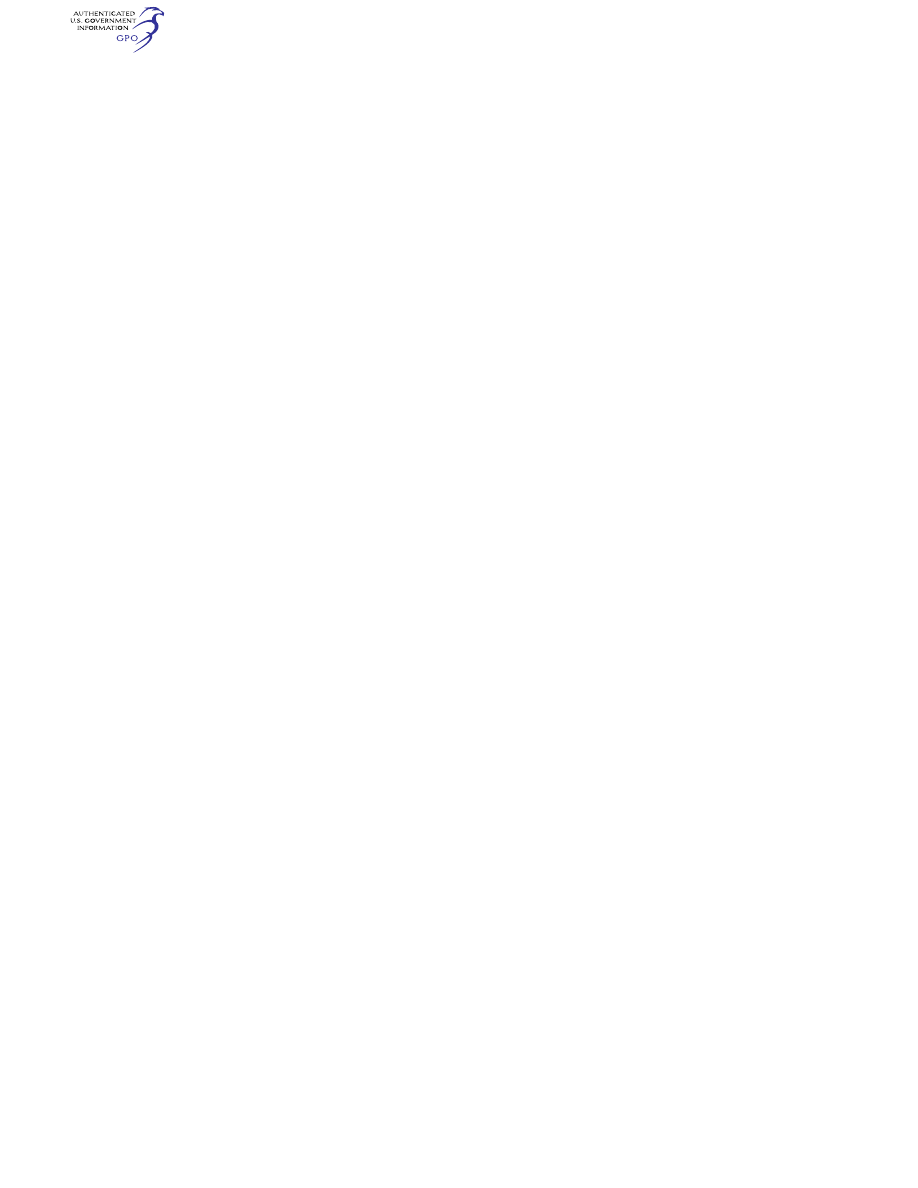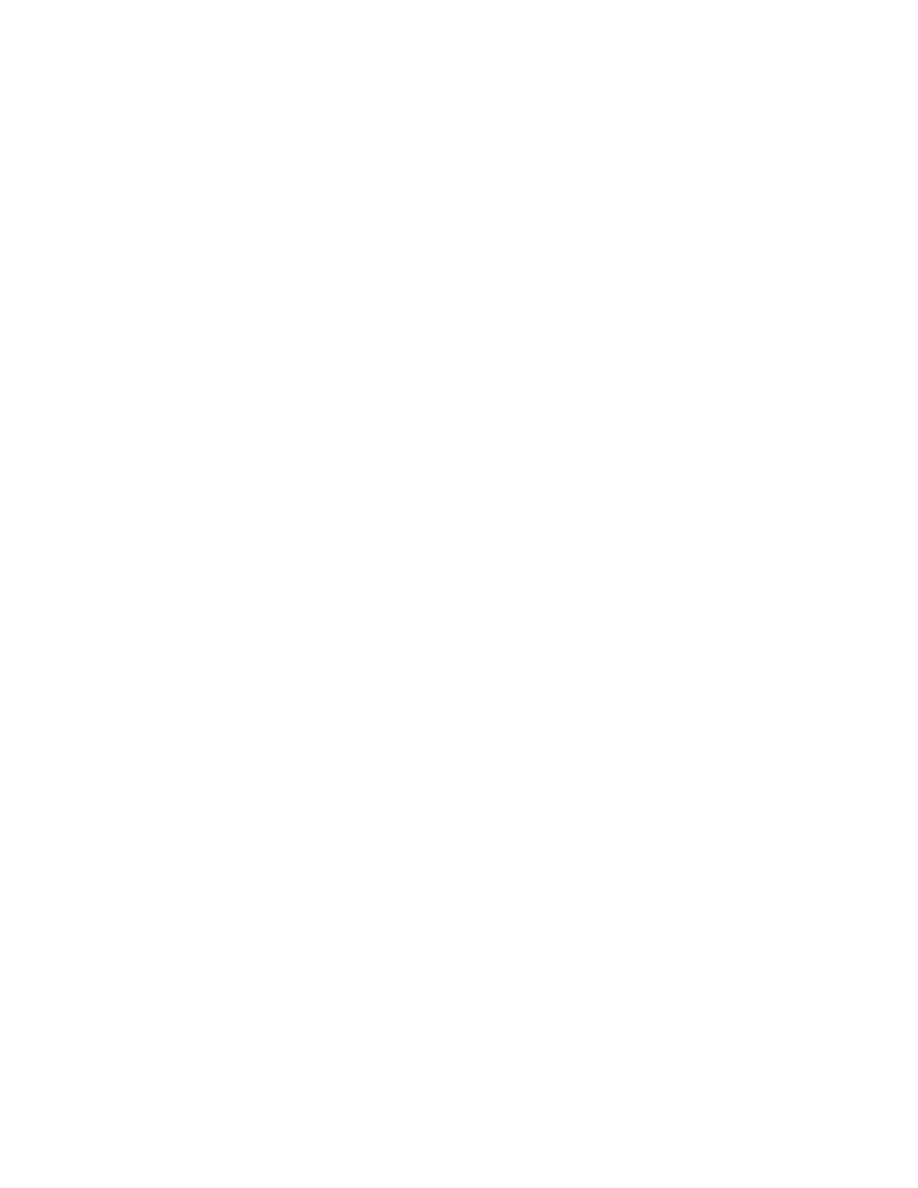
815
Federal Aviation Administration, DOT
§ 91.1507
Subpart L—Continued Airworthi-
ness and Safety Improve-
ments
S
OURCE
: Amdt. 91–297, 72 FR 63410, Nov. 8,
2007, unless otherwise noted.
§ 91.1501
Purpose and definition.
(a) This subpart requires operators to
support the continued airworthiness of
each airplane. These requirements may
include, but are not limited to, revising
the inspection program, incorporating
design changes, and incorporating revi-
sions to Instructions for Continued
Airworthiness.
(b) [Reserved]
[Amdt. 91–297, 72 FR 63410, Nov. 8, 2007, as
amended by Docket FAA–2018–0119, Amdt. 91–
350, 83 FR 9171, Mar. 5, 2018]
§ 91.1503
[Reserved]
§ 91.1505
Repairs assessment for pres-
surized fuselages.
(a) No person may operate an Airbus
Model A300 (excluding the -600 series),
British Aerospace Model BAC 1–11, Boe-
ing Model 707, 720, 727, 737 or 747,
McDonnell Douglas Model DC–8, DC–9/
MD–80 or DC–10, Fokker Model F28, or
Lockheed Model L–1011 airplane beyond
applicable flight cycle implementation
time specified below, or May 25, 2001,
whichever occurs later, unless repair
assessment guidelines applicable to the
fuselage pressure boundary (fuselage
skin, door skin, and bulkhead webs) are
incorporated within its inspection pro-
gram. The repair assessment guidelines
must be approved by the responsible
Aircraft Certification Service office for
the type certificate for the affected air-
plane.
(1) For the Airbus Model A300 (ex-
cluding the –600 series), the flight cycle
implementation time is:
(i) Model B2: 36,000 flights.
(ii) Model B4–100 (including Model
B4–2C): 30,000 flights above the window
line, and 36,000 flights below the win-
dow line.
(iii) Model B4–200: 25,500 flights above
the window line, and 34,000 flights
below the window line.
(2) For all models of the British Aero-
space BAC 1–11, the flight cycle imple-
mentation time is 60,000 flights.
(3) For all models of the Boeing 707,
the flight cycle implementation time is
15,000 flights.
(4) For all models of the Boeing 720,
the flight cycle implementation time is
23,000 flights.
(5) For all models of the Boeing 727,
the flight cycle implementation time is
45,000 flights.
(6) For all models of the Boeing 737,
the flight cycle implementation time is
60,000 flights.
(7) For all models of the Boeing 747,
the flight cycle implementation time is
15,000 flights.
(8) For all models of the McDonnell
Douglas DC–8, the flight cycle imple-
mentation time is 30,000 flights.
(9) For all models of the McDonnell
Douglas DC–9/MD–80, the flight cycle
implementation time is 60,000 flights.
(10) For all models of the McDonnell
Douglas DC–10, the flight cycle imple-
mentation time is 30,000 flights.
(11) For all models of the Lockheed
L–1011, the flight cycle implementation
time is 27,000 flights.
(12) For the Fokker F–28 Mark 1000,
2000, 3000, and 4000, the flight cycle im-
plementation time is 60,000 flights.
(b) [Reserved]
[Doc. No. 29104, 65 FR 24125, Apr. 25, 2000; 65
FR 35703, June 5, 2000; 65 FR 50744, Aug. 21,
2000, as amended by Amdt. 91–266, 66 FR
23130, May 7, 2001; Amdt. 91–277, 67 FR 72834,
Dec. 9, 2002; Amdt. 91–283, 69 FR 45941, July
30, 2004. Redesignated and amended by Amdt.
91–297, 72 FR 63410, Nov. 8, 2007; Docket FAA–
2018–0119, Amdt. 91–350, 83 FR 9171, Mar. 5,
2018]
§ 91.1507
Fuel tank system inspection
program.
(a) Except as provided in paragraph
(g) of this section, this section applies
to transport category, turbine-powered
airplanes with a type certificate issued
after January 1, 1958, that, as a result
of original type certification or later
increase in capacity, have—
(1) A maximum type-certificated pas-
senger capacity of 30 or more, or
(2) A maximum payload capacity of
7,500 pounds or more.
(b) For each airplane on which an
auxiliary fuel tank is installed under a
field approval, before June 16, 2008, the
operator must submit to the respon-
sible Aircraft Certification Service Of-
fice proposed maintenance instructions
VerDate Sep<11>2014
14:00 Mar 14, 2024
Jkt 262047
PO 00000
Frm 00825
Fmt 8010
Sfmt 8010
Q:\14\14V2.TXT
PC31
aworley on LAPBH6H6L3 with DISTILLER
